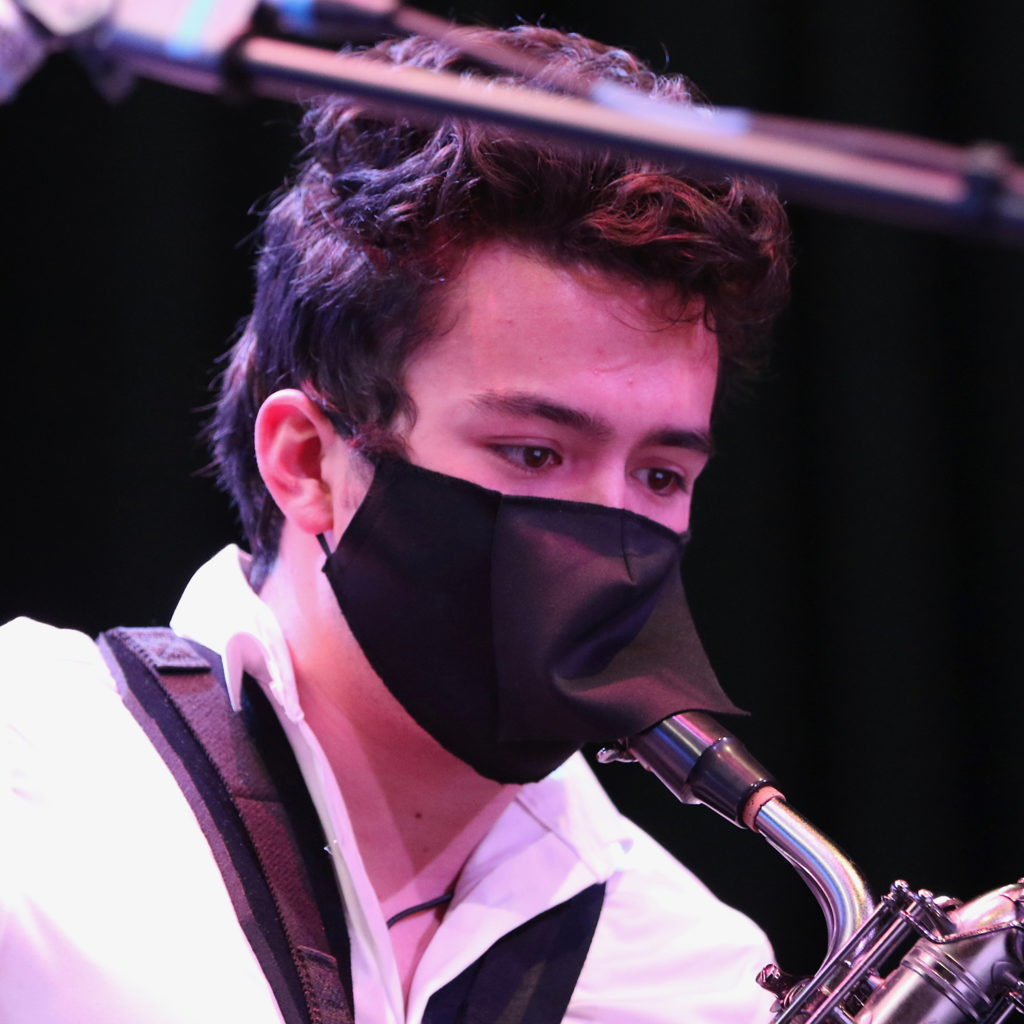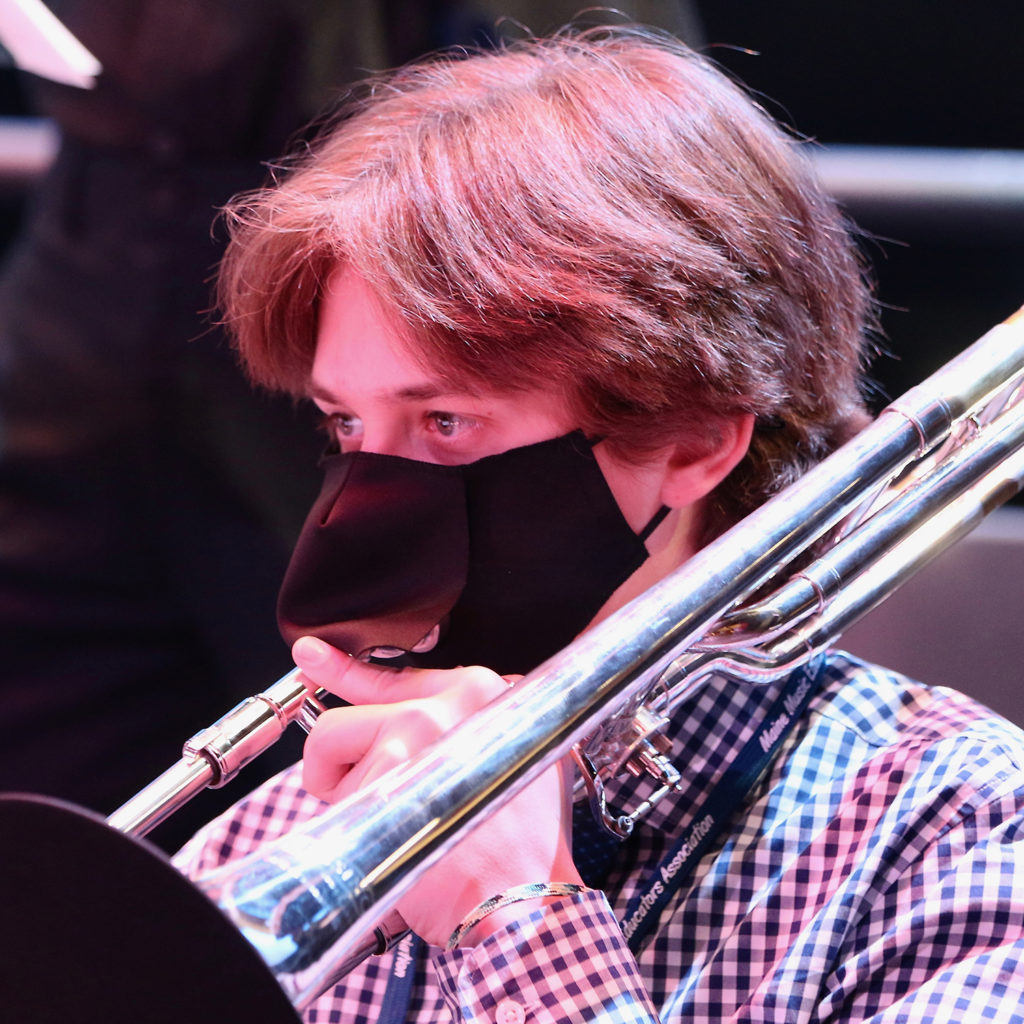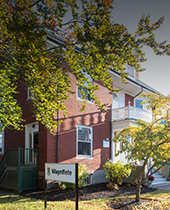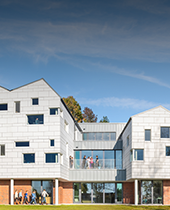By Vanessa Churchill, Lower School Math Learning Specialist
So much has changed in mathematics, and with these changes come plenty of questions about the new math.” What defines this new approach to teaching students, how does the learning process take place, and is it appropriate? As one fifth-grade student put it, “My mom doesn’t know how to help me, and the book gives very little information.” I love this observation because it is at the heart of what is changing in mathematics instruction. When I was a math student, I learned how to solve problems. Today, we are asking students to learn how to become problem solvers! What may sound like a subtle distinction is in fact a deeply important one.
Even if the math coming home looks new, learning to learn is a familiar value in our community. Waynflete teachers support children in ways that foster the developmental and academic success of each individual—and build up the social-emotional resilience that is essential to this success.
So how do we help students as they learn to learn? Here are five tips that support math success.
1. Explain less, ask more
“A problem is not a problem if you know how to solve it.” This Marilyn Burns quote is powerful because it reminds us what math is all about. If we want to help our students learn to be problem solvers, we need to support their thinking by asking questions instead of providing solutions. Enter any classroom in the Lower School for math class and you will hear questions galore! Which one doesn’t belong? How do you know? Do you agree? Can you restate it another way? When teachers ask these kinds of questions, they reinforce the importance of reasoning and putting the work where it belongs: in the students’ lap. No longer is the teacher the oracle of information and the students merely performers awaiting evaluation. Instead, teachers
2. Allow time to struggle
Earlier this month, I attended a webinar hosted by Learning and the Brain on The Science of How We Learn Mathematics. I was struck by the quote shared at the beginning of this workshop: “We are designed to avoid thinking, if we can.” Oftentimes when student are struggling to understand, they are really struggling against their brain’s desire to avoid discomfort. Appropriate struggle is essential to new understanding and requires a culture where students feel safe—safe enough to get it wrong, safe enough to try again, and safe enough to know that they are seen for where they are in the process, not for how much they produce at the end of the period. When students come to see that the goal is to think in a variety of ways, not to merely complete a task using one way, the possibilities for growth are limitless!
3. Assess to learn, not to perform
One of the unintended consequences of making math one of the most overtested school subjects is that it risks turning learners into performers rather than thinkers. At Waynflete, teachers work to reimagine what assessments in mathematics can be. In one fifth-grade classroom this year, students were asked to work in small groups to figure out which answers were correct on an end-of-unit assessment. Rather than passively receiving a grade given by their teacher and moving on, students worked with their peers to share their thinking, and in some cases, even debated their ideas. When teachers turn assessments into learning opportunities rather than performance tasks, students can see firsthand that math is not a stagnant evaluation of “I’m good at it” or “I’m bad at it” but an evolution of thinking and understanding.
4. Make them prove it
My favorite teacher’s response to “Did I do this right?” is “You tell me,” because it breaks down the idea that the teacher is the path to the right answer, and it empowers students as active learners in the classroom. It also reminds them that not knowing is not a sign of weakness but rather a starting point for curiosity! Nine times out of ten, the student’s response is accurate. Having to explain their thinking serves to deepen their understanding and build confidence in what they are learning. For the occasions when the answer is inaccurate, the student often sees the mistake in the explanation and with further inquiry is able to self-correct. When we make our students “prove it,” we reinforce that we value the process, not the product, and that getting it right is merely one stop on the road to mastery.
5. Depth over breadth
Ask any educator whether depth or breadth is more important—the vast majority will select “depth” without hesitation. If students are to truly understand, they need to be given time to dig deeply into learning. Ask the same question of a student who is used to being the first one done, however, and you will rub against their growth edge. One of the greatest challenges teachers face in the math classroom is breaking the mindset that speed equals success. As educators, we know that depth of understanding is not about who gets it right first, but who truly understands enough to teach what they know and support a classmate who sees a problem in a different way. When we value breadth over depth, we sell short our learners, particularly those who consider themselves strong mathematicians.
At Waynflete, teachers are given the gift of time and autonomy. Time to pace the year in a way that serves their learners, and autonomy to know when a lesson needs one more iteration before moving on. This privilege is a gift to students because it holds them accountable to more than speed and memorization. It ensures that they are doing the work the computer can’t do, collaborating with others, and going beyond the procedure to understanding deeply why it works.

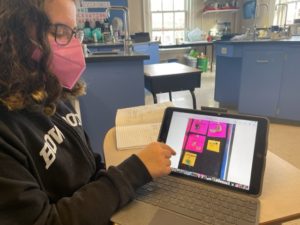
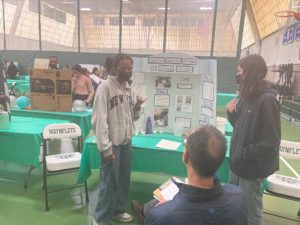
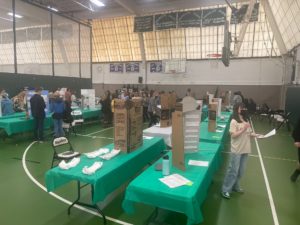
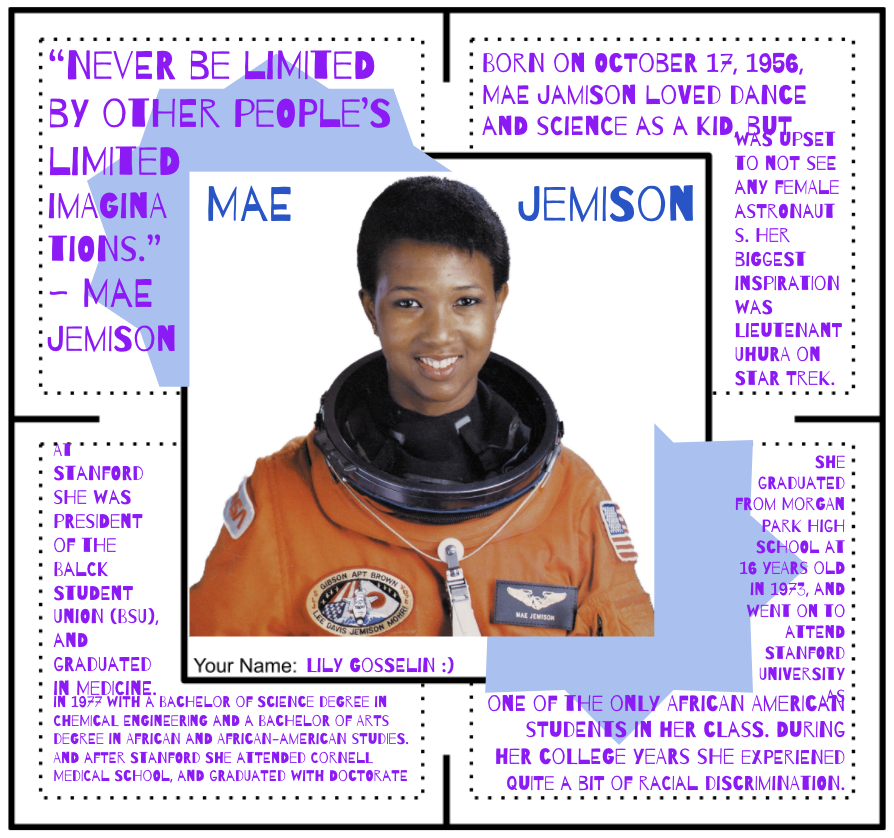

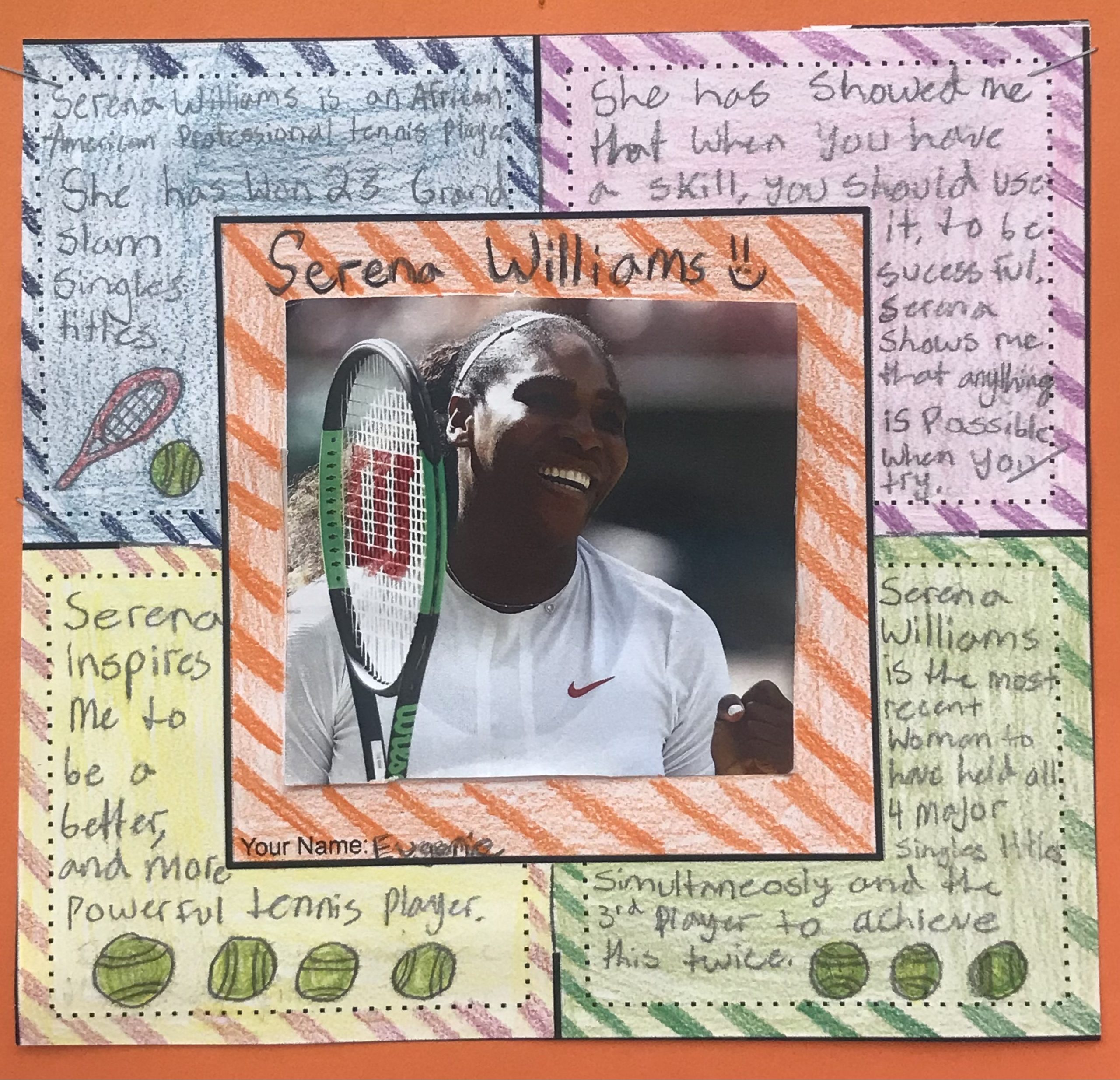
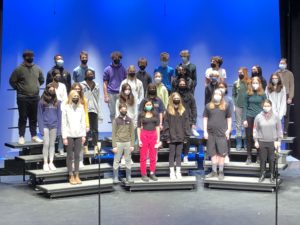 The eighth grade has been studying persuasive speaking, and this choral reading was their culminating presentation. They worked on understanding, personalizing, and sharing these words with conviction. They worked together as an ensemble to find their group voice. Then they added the formality of memorization, poise, and a public presentation.
The eighth grade has been studying persuasive speaking, and this choral reading was their culminating presentation. They worked on understanding, personalizing, and sharing these words with conviction. They worked together as an ensemble to find their group voice. Then they added the formality of memorization, poise, and a public presentation.